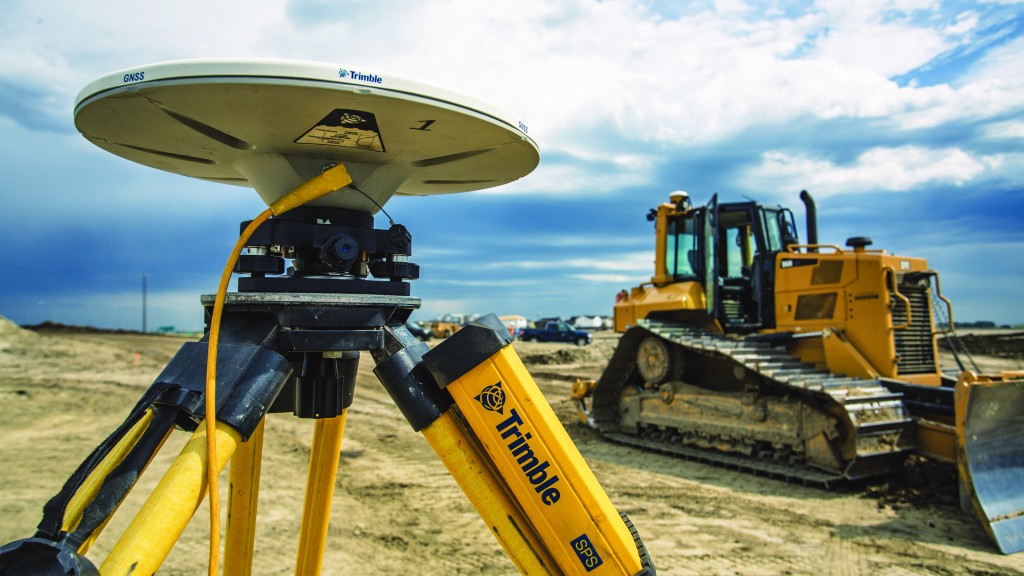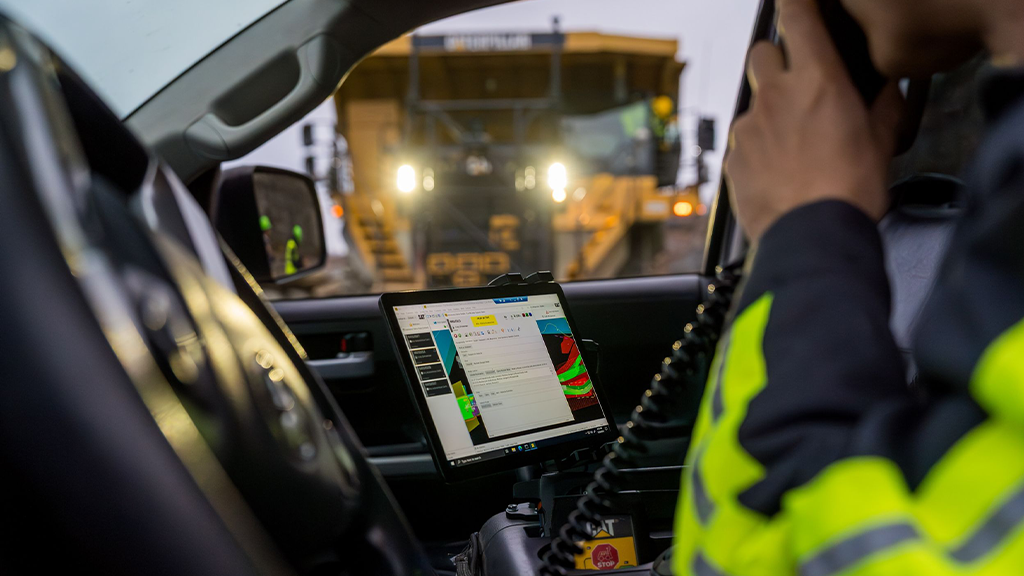
Technology is everywhere. It can be on any and every machine in your operation and it can improve accuracy, productivity and safety at just about any stage of the job. For many companies, the question isn't whether to adopt technology, it's about how, where and when to incorporate technology into the business for the best results.
Imagine, machines of all makes and models connected with telematics, GPS trackers and onboarding technologies that can be used to help businesses operate more efficiently throughout the job. Fortunately, it's not an all or nothing proposition. Simply integrating connected machines and utilizing the data that comes with it for one or two applications on a jobsite will deliver a benefit.
Companies in the initial stages of tech adoption may be overwhelmed, not knowing where to begin, not to mention the cost and adaptation. The technology itself has become more affordable and easier to integrate, but it can still be a challenge deciding what to choose and how to get the most out of it.
From site surveying and earth moving, to the management and maintenance of equipment, your business can see significant benefits by adapting new technologies. There are many options; we've just provided a few practical approaches to consider.
Monitor and track your equipment
Something as simple as tracking hours and location can have a substantial impact on your bottom line. Installing software technology on your equipment is one of the best ways to invest in the long-term productivity of your operation. Knowing the location and hours on your machines can help you be more effective and efficient in managing your fleet.
These web-based remote monitoring tools also have the capacity to monitor fuel consumption, equipment inspections and maintenance schedules, taking the guesswork out of construction management. This way you will always know where your equipment is, what it's doing, how it's being utilized and how it's performing.
Remote fleet monitoring solutions use a combination of on-machine hardware and programmable software to collect and analyze data from each of your machines, delivering a full picture of the fleet's performance. Building up a unique history of each machine's fuel consumption, stop/start patterns, idle and operational time all contribute to optimizing the performance of your machines.
Site surveying
Enhancing the accuracy and speed of the surveying and design process is one of the simplest ways to fast track a project. How?
Simply put – streamlining. You'll be able to better match equipment to the jobsite task, starting the process of fleet optimization before machines are even brought to site.
By combining survey data with 3D design models and machine control, you can also increase the efficiency and productivity of a site, moving the right amount of material, at the right location, while logging the work in real time.
Drone analytics
Imagery and data captured from the use of drones is transforming the way jobsites are surveyed and designed. Drone-based solutions survey with a 350X higher survey resolution and up to 50X faster than traditional methods. Depending on the jobsite complexity and reporting requirements, drone technology can capture data and imagery, automating reports for a whole range of tasks including stockpile management, haul road maintenance, cut and fill balances and much more.
Grade control
When it comes to earthmoving, even the smallest variance in the grade can have a huge impact on timing, accuracy and profitability. 2D and 3D grade control for dozers, excavators, motor graders, scrapers and wheel loaders is helping to increase efficiencies in operations. Grade control technology allows for more precise measurements which is critical when determining how much dirt to cut or fill, and can mean the difference between saving or losing money on a job. With grade control operators can get to grade faster, knowing exactly how much earth to remove or put back, almost totally eliminating the need to re-work a site.
Safety
Technology is not a replacement for training staff, but it is another tool to help contribute to overall productivity and safety on the jobsite. Take proximity detection systems which use Radio Frequency Identification (RFID) technology to aid in keeping workers safe.
The system works by installing equipment with an antennae that communicates with RFID tags placed within your protective equipment like safety vests and hard hats.
When the equipment is reversed, the operator will be alerted with a visual and audible alarm inside the cab and at the same time, an external audio alarm warns ground workers behind the machine they may be in danger.
With new technology also comes a lot of data and the question around which data matters and how to capture, analyze and apply the data for optimum results.
As we continue to see new technologies developed, we also see more developments in data analytics and insights.
Companies who understand the importance of leveraging data are putting themselves at an advantage for winning future work and staying competitive. That doesn't mean managing it on their own, but accessing the right skills and expertise to make the most of available data.
Using technology to support customers and improve operations to drive overall business success is a key focus for Finning Canada. Our digital and performance solutions teams and combined expertise of professionals and technicians from across the organization can help customers make sense out of the technology to transform their business performance.
Peter Gibbons is regional technology manager with Finning.
Company info
16901 - 109 Avenue
Edmonton, AB
CA, T5P 4P6
Website:
finning.com
Phone number:
888-346-6464



